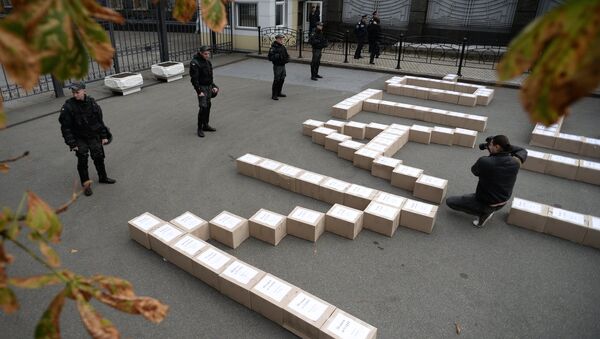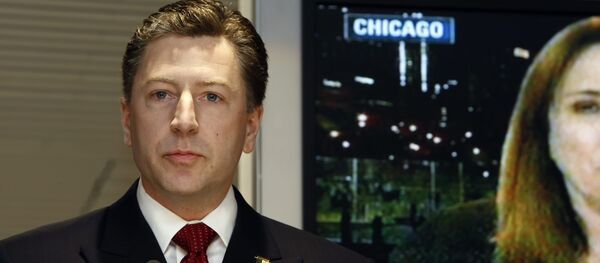Earlier, NATO Secretary General Jens Stoltenberg told RIA Novosti that Brussels had put the idea of Ukrainian membership on the back burner and was now focused on efforts to reform the country’s defense and security sectors, which he said were important for Ukraine irrespective of its membership or non-membership in the alliance.
In an interview with Radio Sputnik, military expert Vladimir Kozin explained why NATO was in no hurry to fast-track Ukraine’s accession to the alliance.
He added that right now Ukraine needs NATO more than NATO needs Ukraine.
"By wishing to join NATO, Ukraine would like to use the alliance’s military, technical and financial potential to dictate its ways to other countries. In any case, Ukraine’s potential accession could destroy the system of European security to the detriment of NATO, Ukraine and other non-member countries,” Vladimir Kozin argued.
Besides, Kiev’s rapprochement with NATO per se would pose a risk to Ukraine’s neighbors, he noted.
“NATO keeps the door open for Ukraine’s future accession, which means that it wants to turn Ukraine into a country to fight its own people, but also to use it in proxy wars against other countries,” Kozin said.
On December 23, 2014, the Ukrainian Parliament passed a bill canceling the country's non-aligned status and confirming Kiev's determination to join NATO.
The Membership Action Plan (MAP), approved in 1999, is a NATO program of advice, assistance and practical support tailored to the individual needs of countries wishing to join the alliance. Participation in the MAP does not prejudge any decision by the alliance on future membership.
Countries participating in the MAP submit individual annual national programs on their preparations for possible future membership. These cover political, economic, defense, resource, security and legal aspects.
Current participants are Bosnia and Herzegovina and the former Yugoslav Republic of Macedonia.




